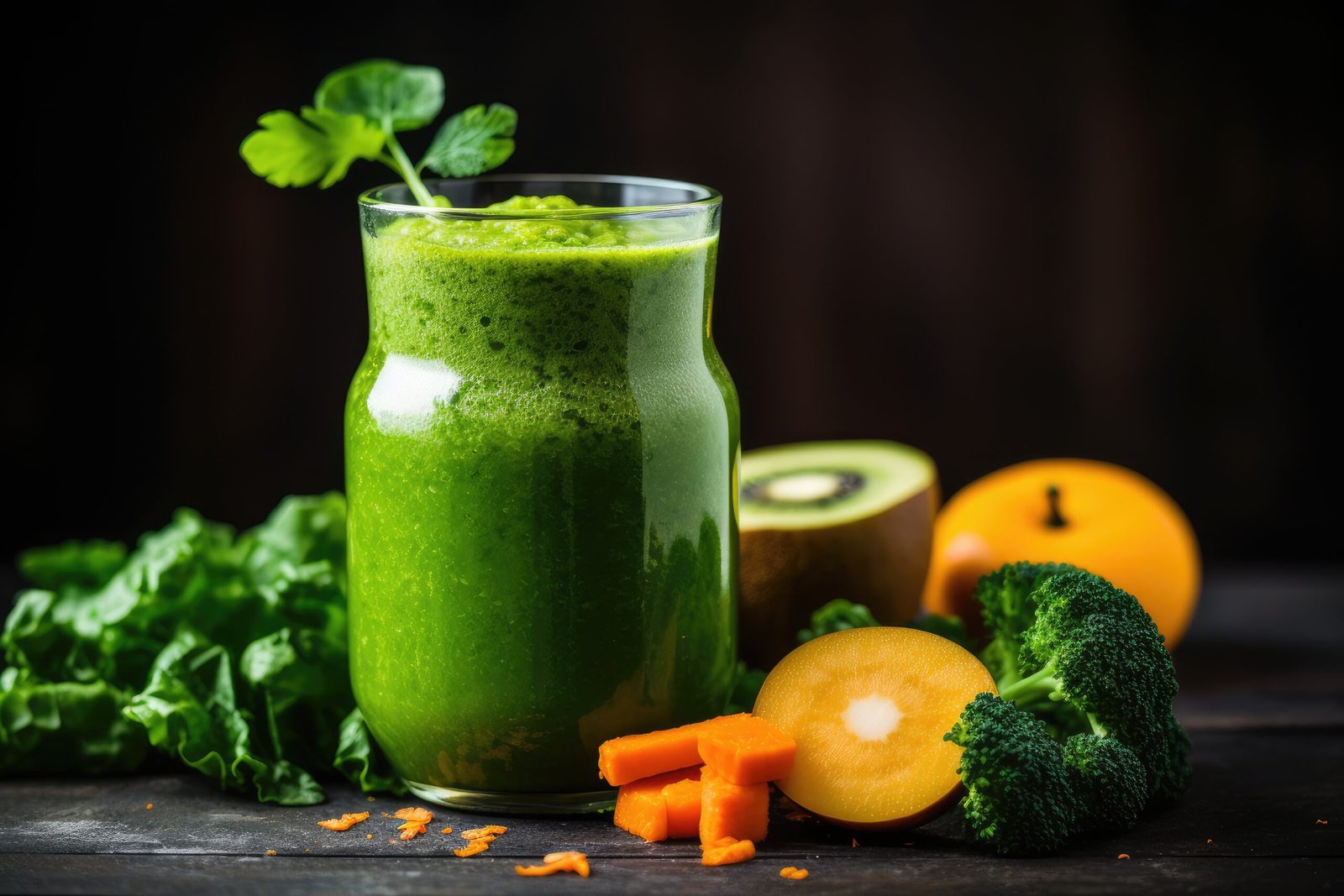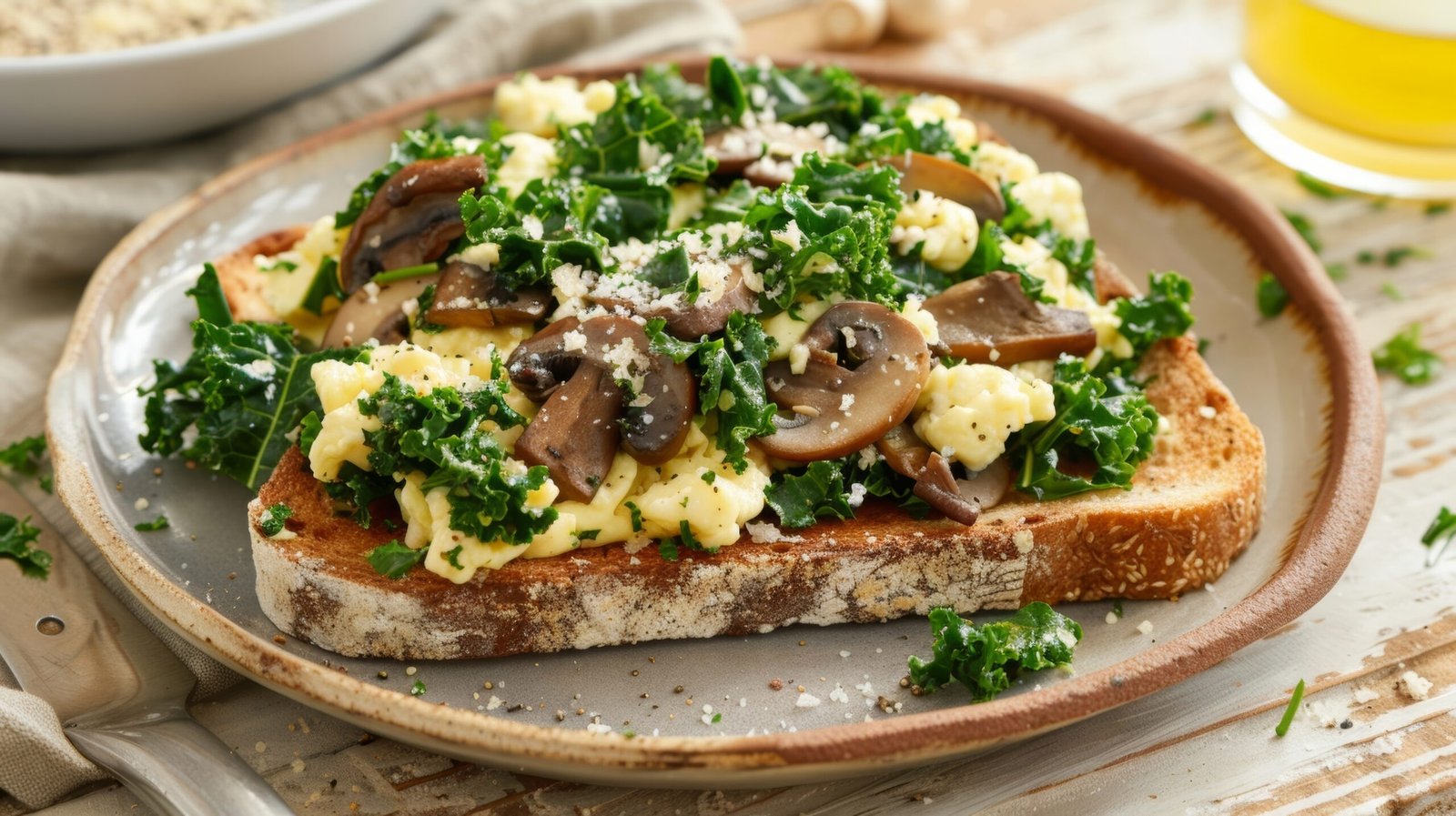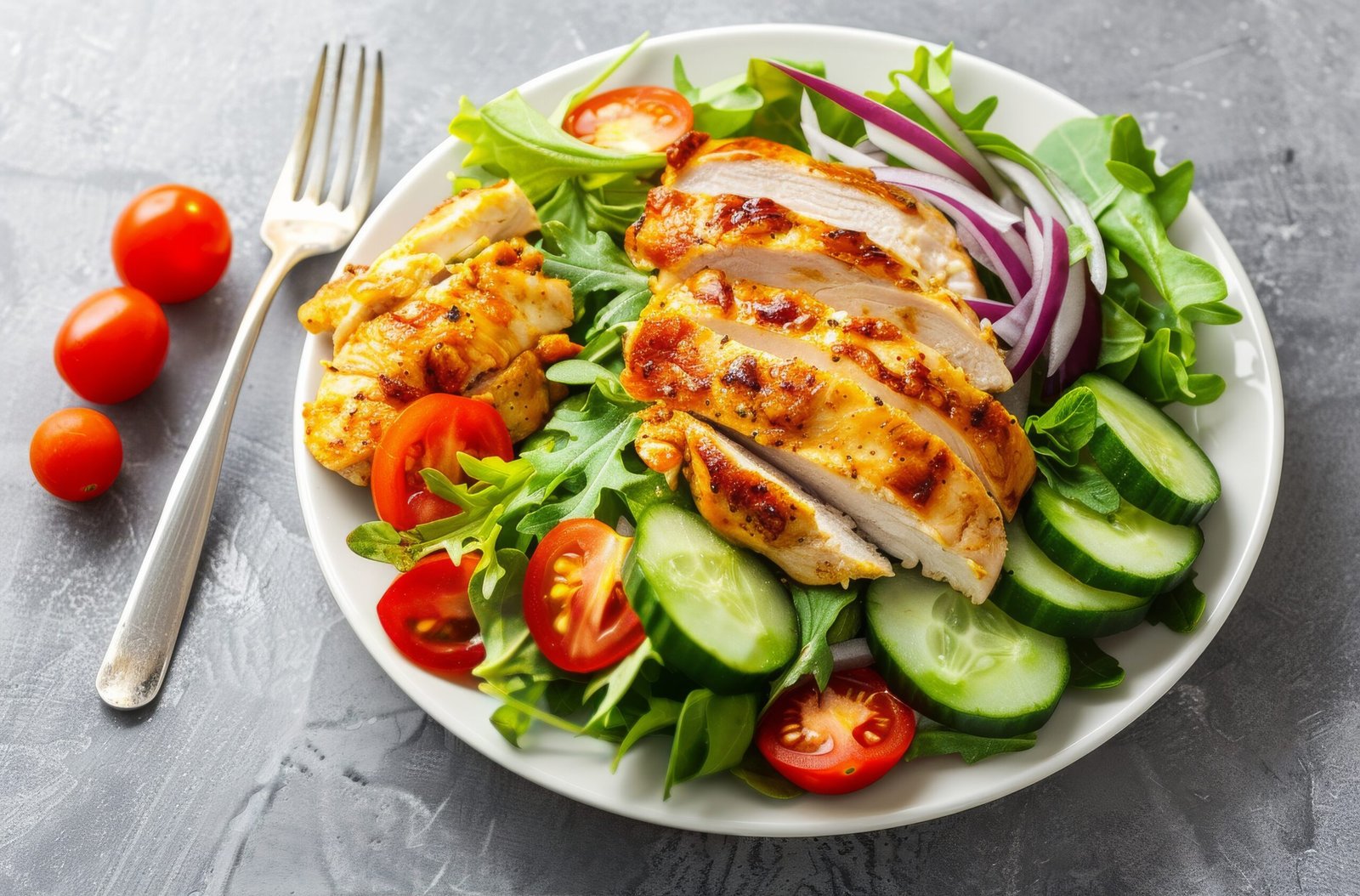Understanding and Managing Emotional Eating.
Have you ever found yourself reaching for a pint of ice cream after a tough day at school? Or maybe you’ve demolished a bag of chips while studying for a big test? If so, you’re not alone. Welcome to the world of emotional eating – where food becomes more than just fuel for our bodies, but a way to cope with our feelings.

Imagine your emotions are like a rollercoaster, and food is the seatbelt you cling to for comfort. Sometimes it feels good in the moment, but after the ride is over, you might not feel so great. That’s what emotional eating is like. It’s when we use food to deal with our feelings instead of dealing with them directly.
But don’t worry! Understanding emotional eating is the first step to managing it. In this article, we’ll explore what emotional eating is, why it happens, the problems it can cause, and most importantly, how to handle it in healthier ways. So buckle up (without the ice cream this time) and let’s dive in!

What is Emotional Eating?
Emotional eating is when we eat in response to our feelings rather than physical hunger. It’s like using food as a band-aid for our emotions. Feeling sad? Have a cookie. Stressed about a test? Grab some chips. Bored on a weekend? Time for some pizza!
The tricky part is that emotional hunger can feel a lot like physical hunger. But there are some key differences:
1. Emotional hunger comes on suddenly, while physical hunger builds gradually.
2. Emotional eating often craves specific comfort foods, while physical hunger is open to various options.
3. Emotional eating doesn’t stop when you’re full, but physical hunger does.
4. Emotional eating can leave you feeling guilty, while satisfying physical hunger doesn’t.

Why Do We Emotionally Eat?
There are many reasons why people turn to food for emotional comfort:
Stress: When we’re stressed, our bodies release a hormone called cortisol, which can increase appetite. Plus, many of us learn to associate food with relaxation.
Boredom: Sometimes we eat just to have something to do or to fill an emotional void.
Childhood habits: If we were rewarded with food as kids (like getting ice cream for good grades), we might continue this pattern as we grow up.
Social influences: Hanging out with friends often involves food, so we might eat even when we’re not hungry.
Avoiding emotions: Food can be a distraction from feelings we don’t want to deal with, like sadness or anxiety.

The Issues with Emotional Eating
While emotional eating might feel good in the short term, it can lead to several problems:
1. Weight gain: Consistently eating more calories than your body needs can lead to weight gain over time.
2. Unhealthy relationship with food: You might start to see food as a coping mechanism rather than nourishment, which can lead to disordered eating patterns.
3. Guilt and shame: Emotional eating often leads to feelings of guilt, which can create a negative cycle of eating to feel better, then feeling worse.
4. Ignoring real problems: By using food to cope, you might not address the underlying emotional issues.
5. Health issues: Emotional eating often involves high-calorie, low-nutrient foods, which can lead to health problems if consumed regularly.
6. Decreased self-esteem: Feeling out of control with food can impact your self-image and confidence.
7. Social isolation: You might avoid social situations if you feel embarrassed about your eating habits.
8. Poor nutrition: Emotional eating often favors “comfort foods” over balanced, nutritious meals.
9. Digestive issues: Overeating or eating when you’re not truly hungry can lead to stomach discomfort and other digestive problems.
10. Financial strain: Constantly buying comfort foods, especially if you’re prone to binge eating, can put a dent in your wallet.

Solutions for Managing Emotional Eating
Now for the good news – there are many strategies you can use to manage emotional eating:
1. Recognize your triggers: Start by keeping a food diary. Write down what you eat, when you eat, and how you’re feeling. This can help you identify patterns and emotional triggers.
2. Find alternative coping strategies: Instead of reaching for food when you’re stressed or upset, try:
-
- Taking a walk
- Calling a friend
- Listening to music
- Practicing deep breathing or meditation
- Engaging in a hobby you enjoy
3. Practice mindful eating: Pay attention to your food while you’re eating. Eat slowly, savor each bite, and stop when you feel satisfied, not stuffed.
4. Delay gratification: When you feel the urge to eat emotionally, try waiting 10 minutes. Often, the craving will pass.
5. Keep healthy snacks on hand: If you do need to snack, choose nutritious options like fruits, vegetables, or nuts.
6. Get enough sleep: Lack of sleep can increase cravings and emotional eating. Aim for 8-9 hours a night.
7. Exercise regularly: Physical activity can boost your mood and reduce stress, decreasing the likelihood of emotional eating.
8. Stay hydrated: Sometimes thirst can be mistaken for hunger. Drink plenty of water throughout the day.
9. Practice self-compassion: Be kind to yourself. If you do emotionally eat, don’t beat yourself up. Just try to do better next time.
10. Learn to tolerate difficult emotions: Instead of immediately trying to make uncomfortable feelings go away, practice sitting with them. They will pass on their own.
11. Plan your meals: Having regular, balanced meals can help prevent extreme hunger, which can lead to overeating.
12. Create a supportive environment: Remove tempting junk foods from your home and surround yourself with people who support your healthy eating goals.
13. Develop stress management techniques: Learn and practice stress-reduction methods like yoga, progressive muscle relaxation, or journaling.
14. Seek professional help: If emotional eating is seriously impacting your life, don’t hesitate to talk to a counselor or therapist who specializes in eating issues.

Success Story: Sarah’s Journey
Let’s look at how these strategies might work in real life. Meet Sarah, a 15-year-old who realized she was turning to food whenever she felt stressed about school or fights with her friends.
Sarah started by keeping a food and mood diary. She noticed she often ate chips and cookies after arguing with her best friend. Instead of reaching for junk food, Sarah decided to try some alternatives. She started going for walks when she felt upset, which helped clear her head. She also learned some deep breathing exercises to calm herself down.
Sarah also talked to her parents about keeping healthier snacks in the house. They stocked up on fruits, veggies, and hummus. When Sarah did feel like snacking, she had better options available.
It wasn’t always easy, and Sarah had setbacks sometimes. But she learned to be patient with herself. Over time, she found she was turning to food for comfort less often. She felt more in control of her eating and her emotions.

Conclusion: There’s Always Hope
Remember, emotional eating is a common struggle, and it’s nothing to be ashamed of. The important thing is recognizing it and taking steps to manage it. It might take time and practice, but you can develop a healthier relationship with food and better ways to cope with your emotions.
If you’re finding it hard to manage on your own, don’t hesitate to ask for help. Talk to your parents, a school counselor, or a doctor. There are also support groups and therapists who specialize in helping people with emotional eating.
You’re not alone in this journey. With understanding, patience, and the right strategies, you can overcome emotional eating and develop healthier habits. Remember, food is meant to nourish your body, not your emotions. By finding better ways to deal with your feelings, you’re taking a big step towards a healthier, happier you.
So the next time you’re tempted to dive into that pint of ice cream after a bad day, pause for a moment. Ask yourself if you’re really hungry or if you’re trying to feed an emotion. Then, armed with your new knowledge and strategies, you can make a choice that truly makes you feel better – not just for a moment, but for the long run. You’ve got this!



















0 Comments